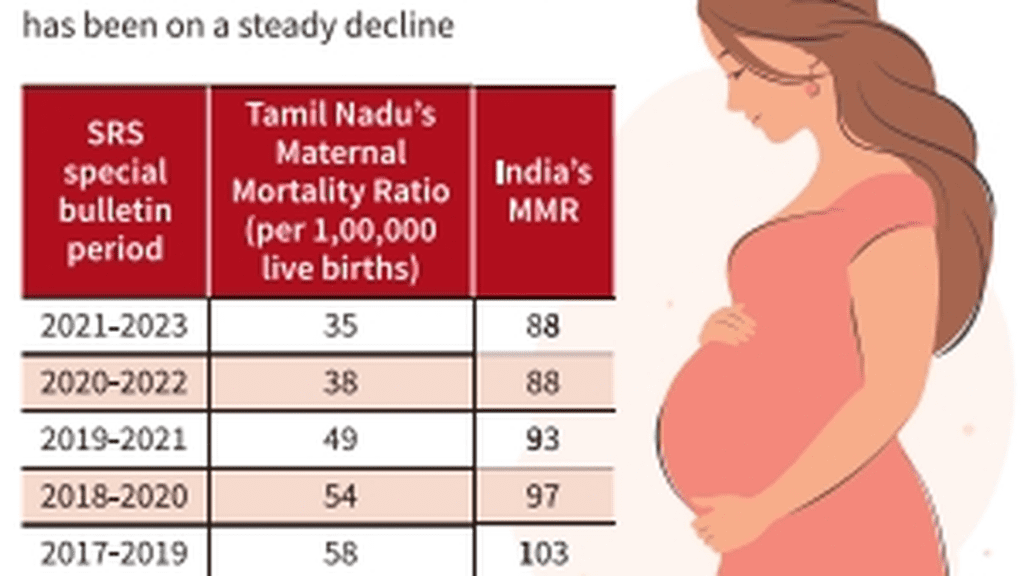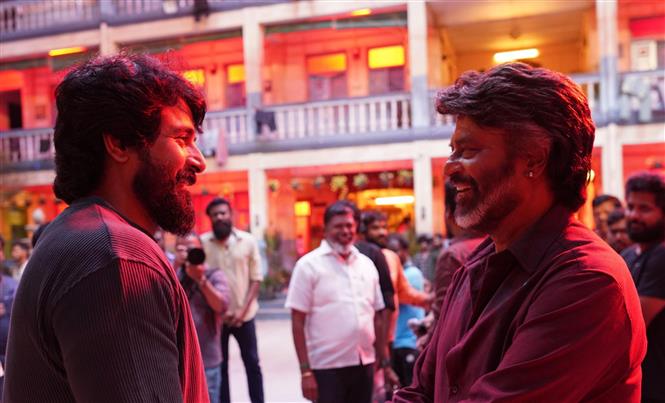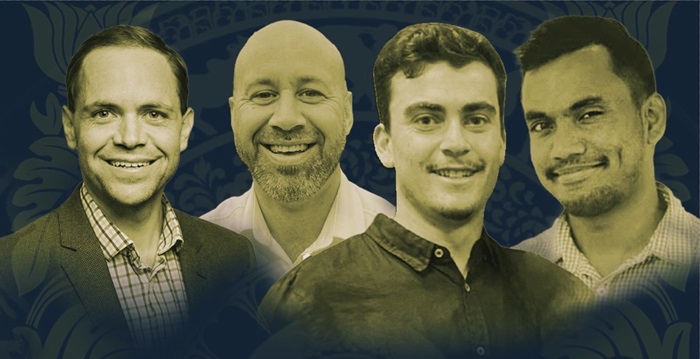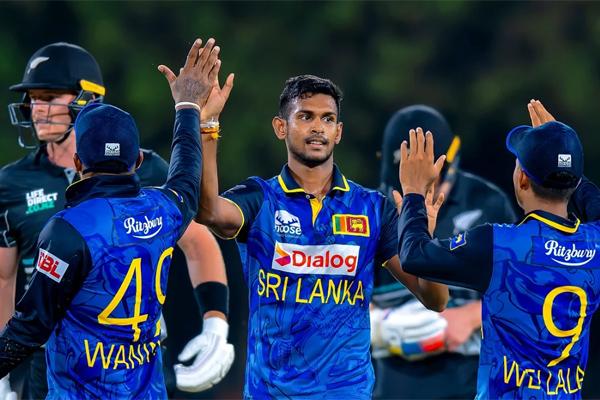National Games 2025 recap: Records shattered, stars born and controversies brew
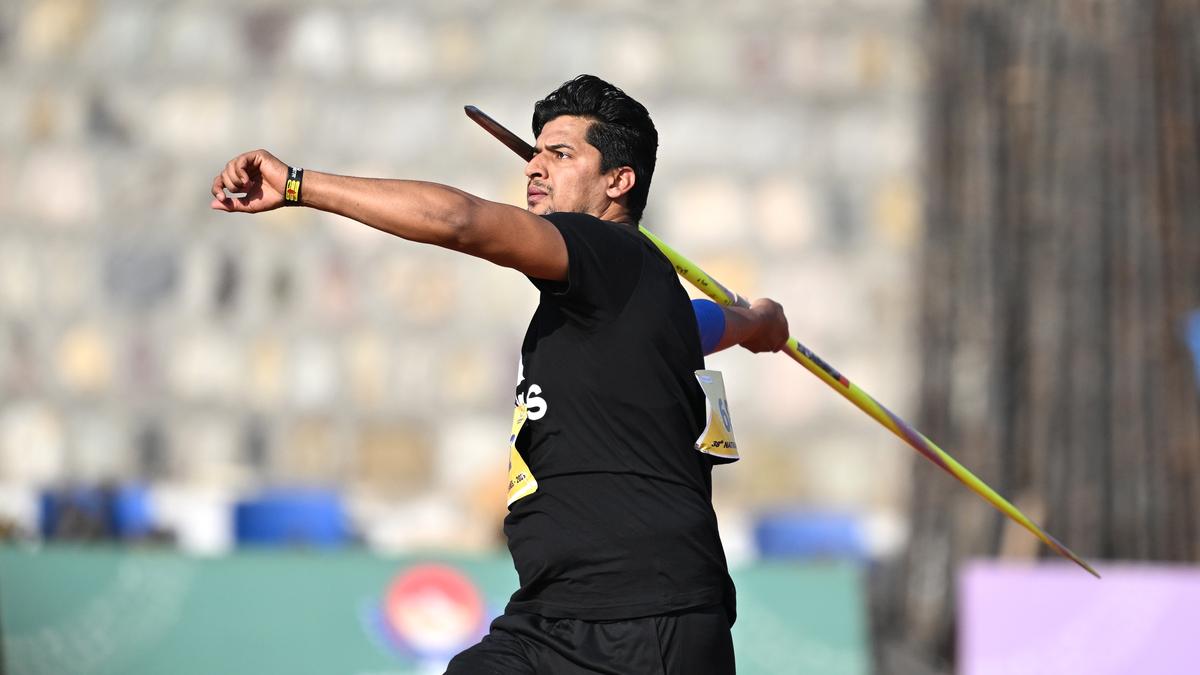
National Games 2025 recap: Records shattered, stars born and controversies brew
By any measure, the 38th National Games that concluded on February 14 should count as among the most ambitious domestic sports tournaments undertaken in India. Over 18 days, some 10,000 athletes competed in 35 disciplines spread across eight locations in Uttarakhand. The Games lived up to expectations — a high-level event, producing competitive performances with a host of new faces to watch out for.
This undertaking came with its fair share of challenges.
The scheduling was not ideal. The previous two editions in Gujarat (2022) and Goa (2023) were held towards the end of the international calendar, which meant participating athletes were at the peak of their abilities.
This time around, the Games were bracketed between the last week of January and the second week of February — a particularly awkward time in the international calendar. Barring Sarabjot Singh and Swapnil Kusale, none of India’s other Olympic medallists took part in the competition. Track and field athletes were still coming off their off-season. Some shooters noted that the late winter cold in the hill State stiffened their fingers and made it harder to gauge their trigger pulls.
There were issues before the Games began too. Although players with roots in Uttarakhand have been counted among India’s greatest athletes, most — like Abhinav Bindra, Jaspal Rana, Lakshya Sen, and Rishabh Pant — have had to make their careers elsewhere. With its hilly terrain and lack of sporting facilities, the State has found it hard to develop as a sports hub.
Keeping the National Games in mind, a massive effort was made to develop infrastructure. According to official estimates, some 1,000 crore rupees were spent in preparation. A shooting hall was built from scratch at the Maharana Pratap Sports Complex in Dehradun, along with a multi-purpose hall and a renovated athletics track.
Although these facilities were to some extent rushed — the equipment at the shooting range in particular was being installed just a few hours before the start of the competition — the fact remains that these same venues would witness some impressive performances by Indian athletes.
There were enough storylines for fans of Indian sport to look back on. In the men’s javelin throw, Sachin Yadav announced himself as a potential heir to Neeraj Chopra with a world-leading 84.39m throw, although he looked good for a much bigger mark, having cleared around 86m in a warm-up attempt. At just 20 years old, Madhya Pradesh pole vaulter Dev Meena (right) improved on the national record by 0.01m to finish at 5.32m and looked set to add several more inches by the end of the year. Animesh Kujur’s breezy 100m and 200m double suggests he should be taking a crack at the Indian national record very soon.
There were impressive numbers posted at the shooting range too, with Ashi Chouksey (598/600) and Aishwary Pratap Tomar (597/600) notching qualification scores in excess of the world record in the women’s and men’s 50m three-position category, respectively.
While both Ashi and Aishwary are established shooters, a number of athletes used the National Games as a springboard to national recognition. Nineteen-year-old Suruchi Phogat continued to post top scores in the women’s 10m air pistol — shooting her third straight competition score above 585 (for perspective, the highest score in qualifying at the Olympics was 582) and then following it up with a dominant performance in the final. Jonathan Anthony, just 15, stunned a number of elite shooters, including Olympic bronze medallist Sarabjot, in the men’s 10m air pistol competition to become the youngest shooting gold medallist at a National Games.
India’s next generation wasn’t just making a mark on the shooting range. Sixteen-year-old Suryaksh Rawat was praised by double Olympic medallist PV Sindhu after reaching the final of the badminton men’s singles category. Fourteen-year-old Olympian Dhinidhi Desinghu of Karnataka set new national records in the women’s 400m and 200m freestyle categories, picking up 11 medals, including nine golds. But while Dhinidhi’s medal haul in the pool in Haldwani might overshadow some of the other participants, perhaps the most promising prospect of the Games emerged at the weightlifting hall in Dehradun.
Gyaneshwari Yadav delivered a striking performance, lifting a total of 192kg in the women’s 49kg category, which, along with her snatch (85kg), was more than what any other Indian weightlifter apart from Mirabai had lifted in that division. It was also more than what Mirabai was lifting at the same age.
Records were also set by Bindyarani Devi in the women’s 55kg category (snatch lift of 88kg), Mehak Sharma (snatch 106kg, clean and jerk 141kg, and total 247kg) in the women’s 87+ kg category, Vaishnav Thakur in the men’s 102kg category (160kg snatch), and Rudra Mayan (175kg snatch) in the men’s 109+ kg category.
The National Games’ odd timing actually adds to the significance of these results. Coming at a time in the season when they are still some way from their best, India’s athletes will only improve as the season progresses. Indeed, even where some athletes fell short of national marks, there was enough in their results in Uttarakhand to hint at interesting matchups in the years going forward.
Eighteen-year-old Haryana athlete Pooja improved on her personal best and meet record, winning gold in the women’s high jump with a clearance of 1.84m, erasing the previous meet record of 1.83m set by Swapna Barman in 2022. But Pooja, like Swapna, has her sights set on the women’s heptathlon going forward. A high jump like the one she uncorked in Dehradun should boost her points total significantly. But she is unlikely to go unchallenged.
Moumita Mondal of West Bengal didn’t set any records but made a major improvement in her 100m hurdles while also winning gold in the women’s long jump, happening almost simultaneously. Moumita has also given the heptathlon a shot in recent times, and both she and Pooja will be tempted to give the event a go once again with the Asian Games coming next season.
Questions have been raised about the long-term viability of big-ticket events like the National Games. Uttarakhand has previously faced the prospect of sporting infrastructure going to waste — their indoor ice-skating rink, constructed for the South Asian Games at a cost of over 100 crore rupees in 2011, is currently defunct, with plans being made to turn it into a regular indoor venue. With equipment and facilities constructed at a cost of hundreds of crores this time, the challenge will be to keep them in use.
One of the purposes of the Games is to promote a sporting legacy. Although Uttarakhand achieved its best-ever performance at the National Games, finishing seventh in the medal tally with 24 golds and 103 overall, complaints were raised that not all the medal winners were from the State.
With the State government promising jobs and large sums of money to medal winners, there was ample incentive to field players who weren’t homegrown — defeating the purpose of the Games to begin with.
The State’s first gold medal was won by Tapas Achom in the wushu competition. Achom, however, is a native of Manipur. Narender Berwal, who won gold in the 91+ kg category of men’s boxing, is a resident of Haryana. Multiple allegations were also made against their canoeing team.
An official complaint was raised by the Telangana team in the beach handball competition, alleging that Uttarakhand had fielded six players who were not eligible to participate according to the competition rules. Another complaint was made with the same objection in the men’s indoor event. Both complaints were rejected, with the Uttarakhand team winning silver and bronze in the two competitions.
These, however, are not issues restricted to Uttarakhand alone. Previous hosts Goa were hit with the same charges when they conducted the Games in 2023 as well. Indeed, Uttarakhand also had genuine home-grown stars of their own, with Ankita Dhyani winning gold in the 3000m steeplechase and 5000m while also taking silver in the 10000m.
The final impact of the Games will be seen in the years to come. It remains to be seen whether Uttarakhand will make full use of its facilities and whether its athletes can continue to perform at the same level.
It also remains to be seen whether the next host, Meghalaya, will avoid these unsavoury practices. Should they do so while maintaining what went right in Uttarakhand, the 2027 Games will be a net positive for Indian sport.



